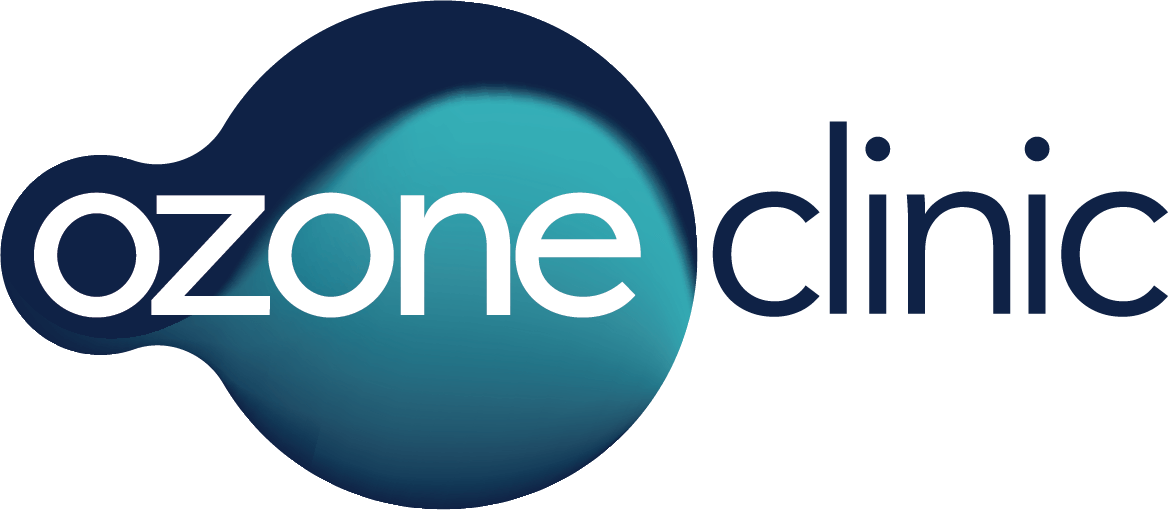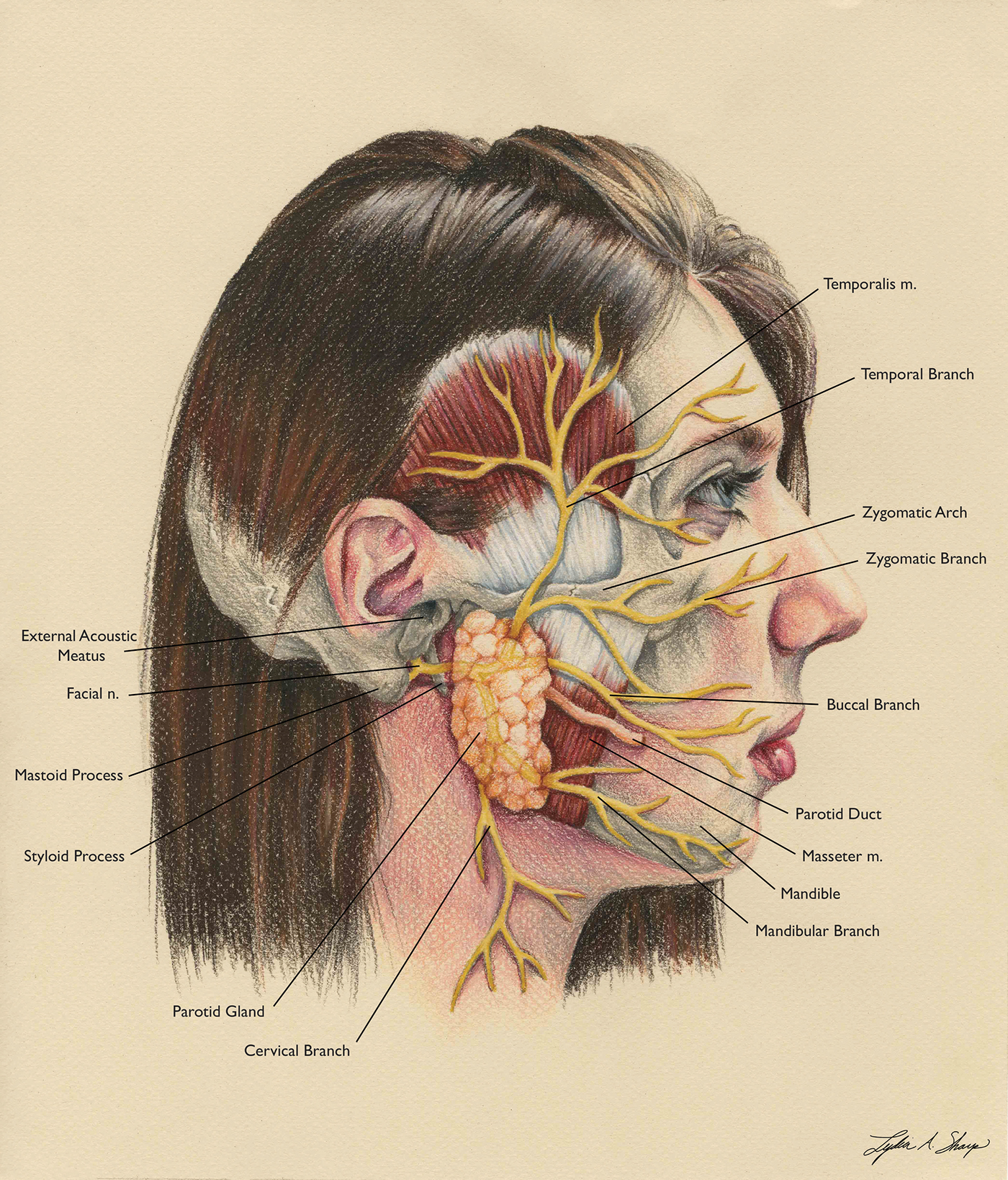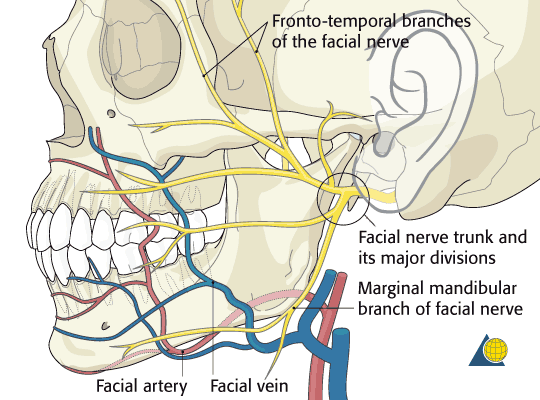Case Study on Facial Nerve Regeneration: Albino Rats
Keywords: Ozone therapy, experiment, facial nerves, regeneration
Introduction: Brazilian Journal of Otorhinolaryngology, Science Direct (1)
Peripheral facial palsy is the most frequent cranial neuropathy and may arise from diverse mechanisms of injury to the seventh cranial nerve. After injury, regeneration of the facial nerve is problematic. Nerve injury, such as lipid peroxidation of neurovascular cells, can lead to oxidative stress as a result of the production of free radicals.
Various methods have been used to enhance peripheral nerve regeneration. It is well known that oxygen free radicals influence nerve regeneration, and additionally, some studies have demonstrated that antioxidants reduce the levels of free oxygen radicals.
Ozone (O3), a powerful oxidant, is non-persistent with a half-life of approximately 20 min at normal temperatures. It decomposes and disperses in water easily. O3 can restrain inflammatory cell factors, activate cyclooxygenase, and decrease the stress reaction to histiocytic oxidation, augmenting the histiocytic ability of resisting oxidation and free radicals. It can also scavenge the free radicals resulting from chronic inflammation, can serve as a painkiller and is anti-inflammatory.
The concept of using ozone to improve the healing of infected wounds, necrotic, or poorly oxygenated tissue has been explored in orthopedics, dentistry and with skin wounds. However, no previous study has reported on the effect of ozone therapy on facial nerve regeneration. Therefore, we investigated the effect of ozone therapy on facial nerve regeneration in rats. To the best of our knowledge, this is the first study to evaluate ozone therapy in this context. (1)
Methods
Fourteen Wistar albino rats were randomly divided into two groups with experimental nerve crush injuries: a control group, which received saline treatment post-crush, and an experimental group, which received ozone treatment. All animals underwent surgery in which the left facial nerve was exposed and crushed. Treatment with saline or ozone began on the day of the nerve crush. Left facial nerve stimulation thresholds were measured before crush, immediately after crush, and after 30 days. After measuring nerve stimulation thresholds at 30 days post-injury, the crushed facial nerve was excised. All specimens were studied using light and electron microscopy.
Continue reading: (here)
Results
Post-crushing, the ozone-treated group had lower stimulation thresholds than the saline group. Although this did not achieve statistical significance, it is indicative of greater functional improvement in the ozone group. Significant differences were found in vascular congestion, macrovacuolization, and myelin thickness between the ozone and control groups. Significant differences were also found in axonal degeneration and myelin ultrastructure between the two groups.
Conclusion
We found that ozone therapy exerted a beneficial effect on the regeneration of crushed facial nerves.
Sources
- (1) Brazilian Journal of Otorhinolaryngology, Volume 83, Issue 2, March–April 2017, Pages 168-175https://www.sciencedirect.com/science/article/pii/S1808869416300453






